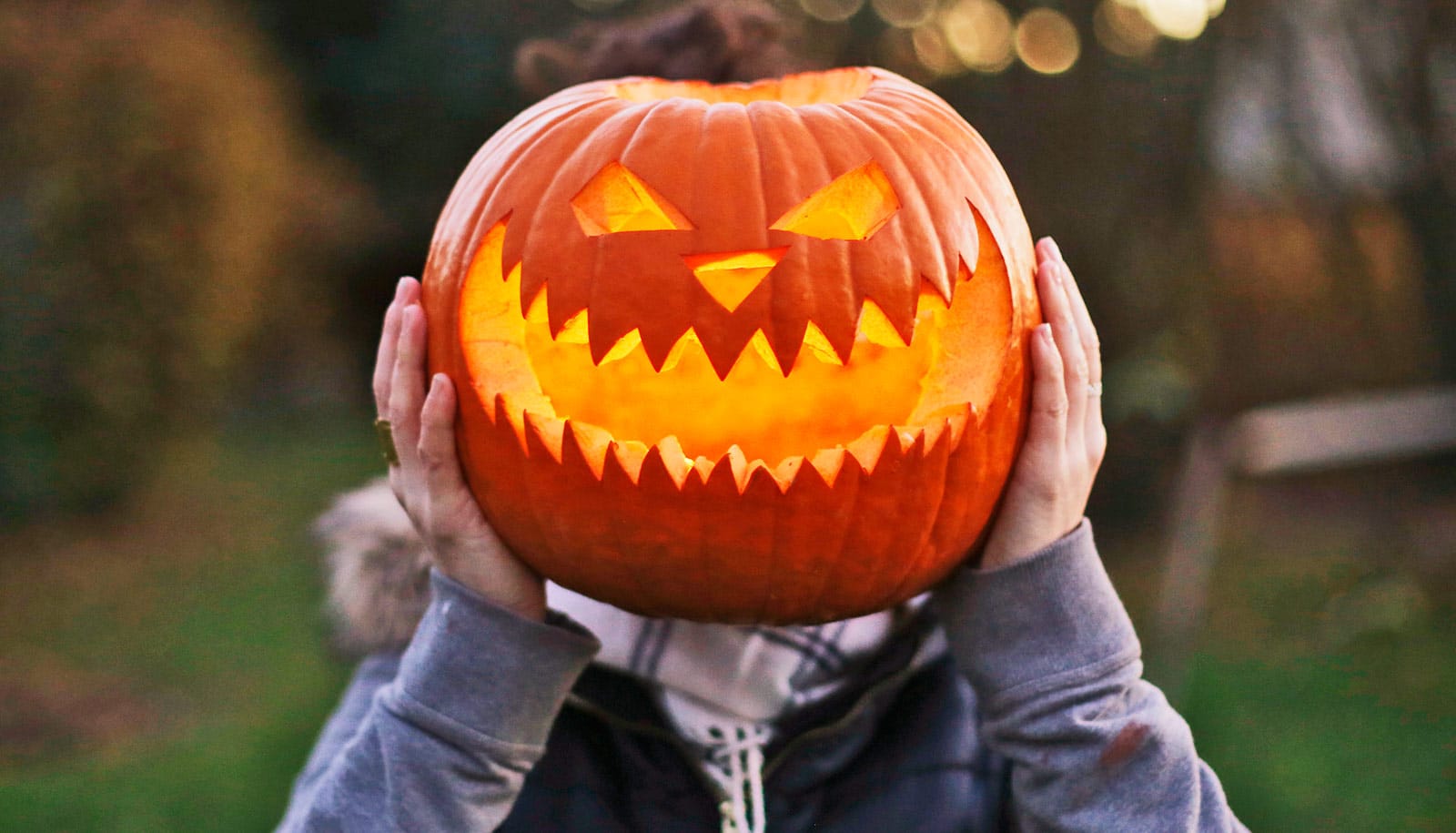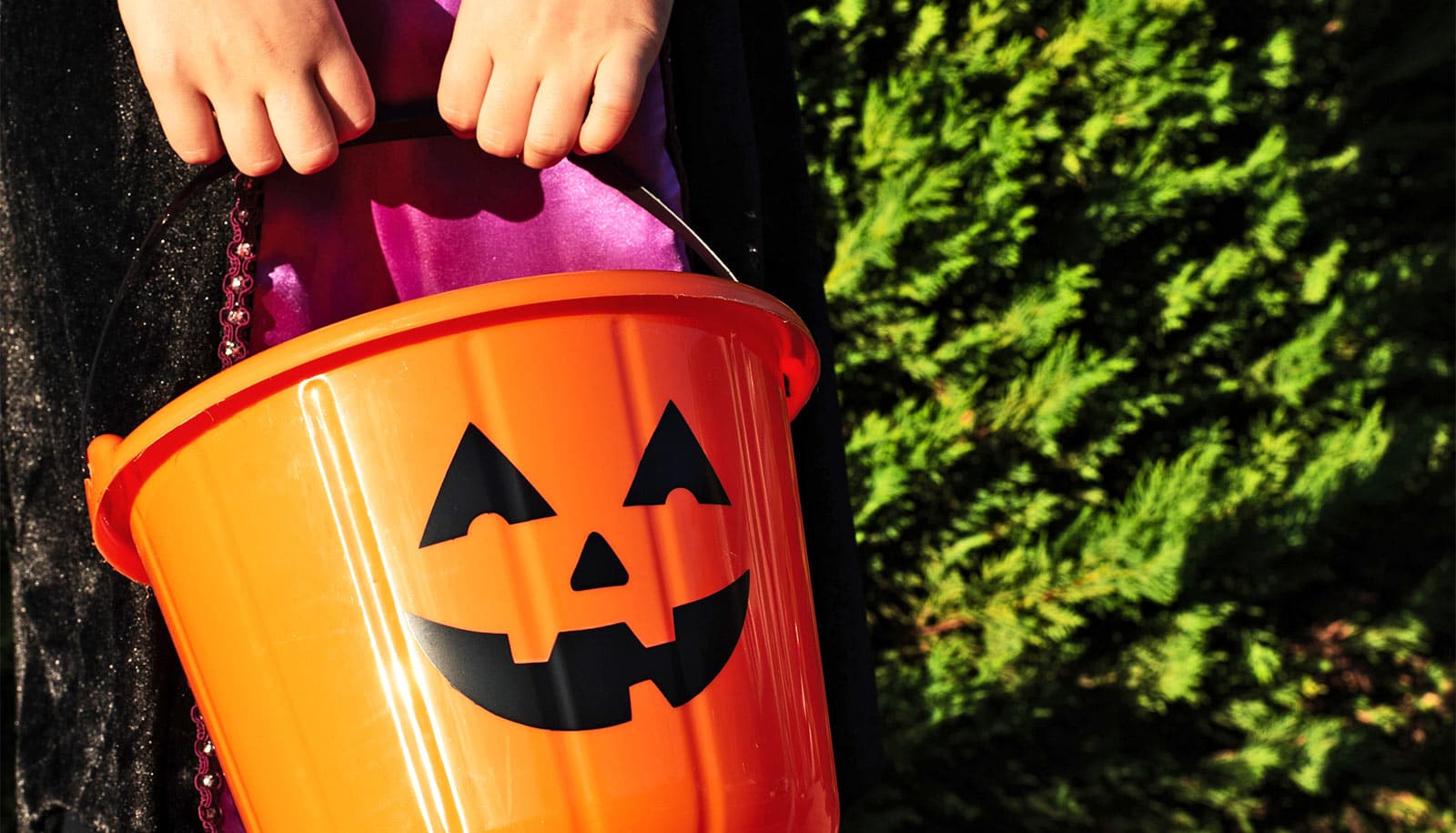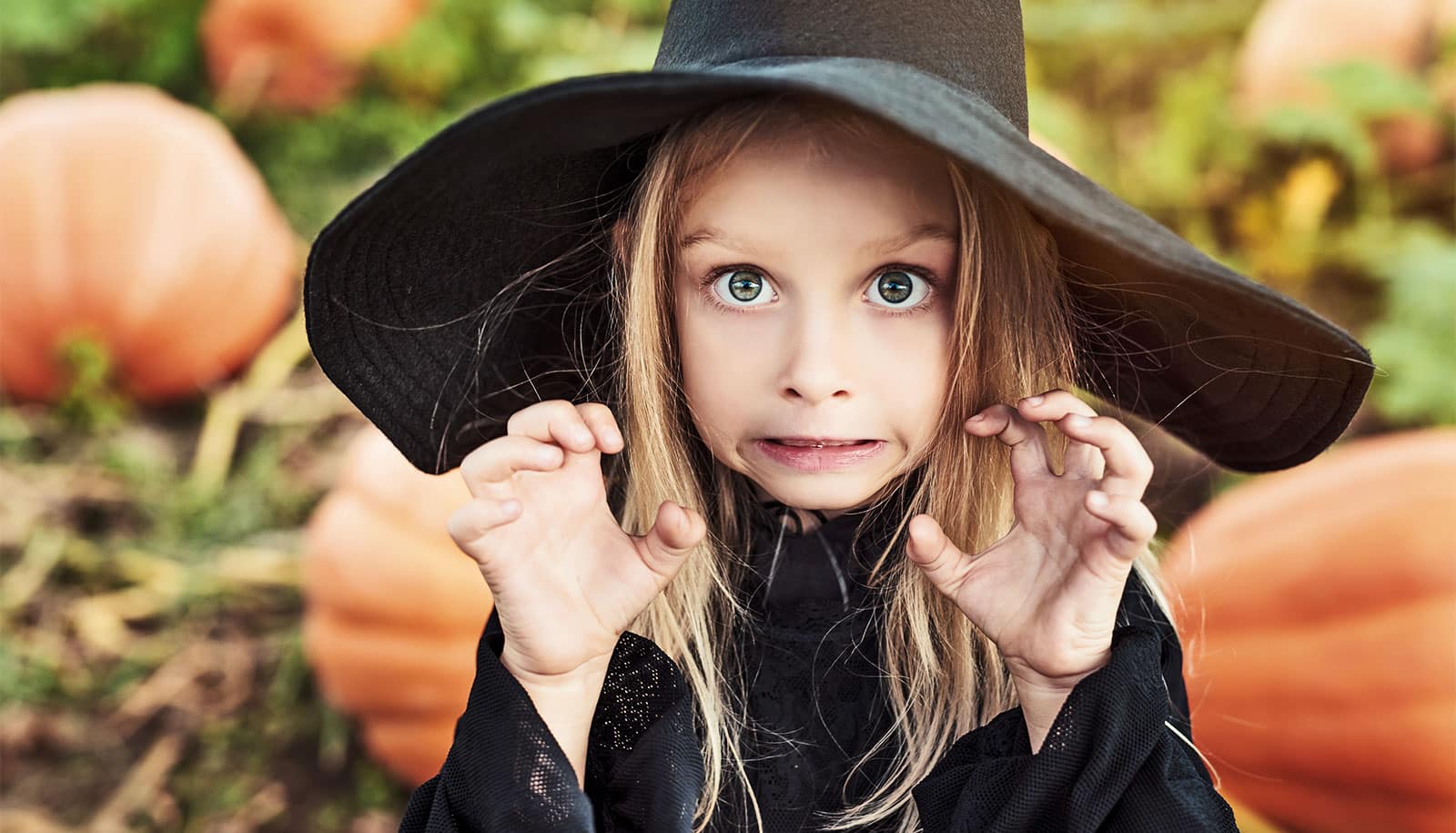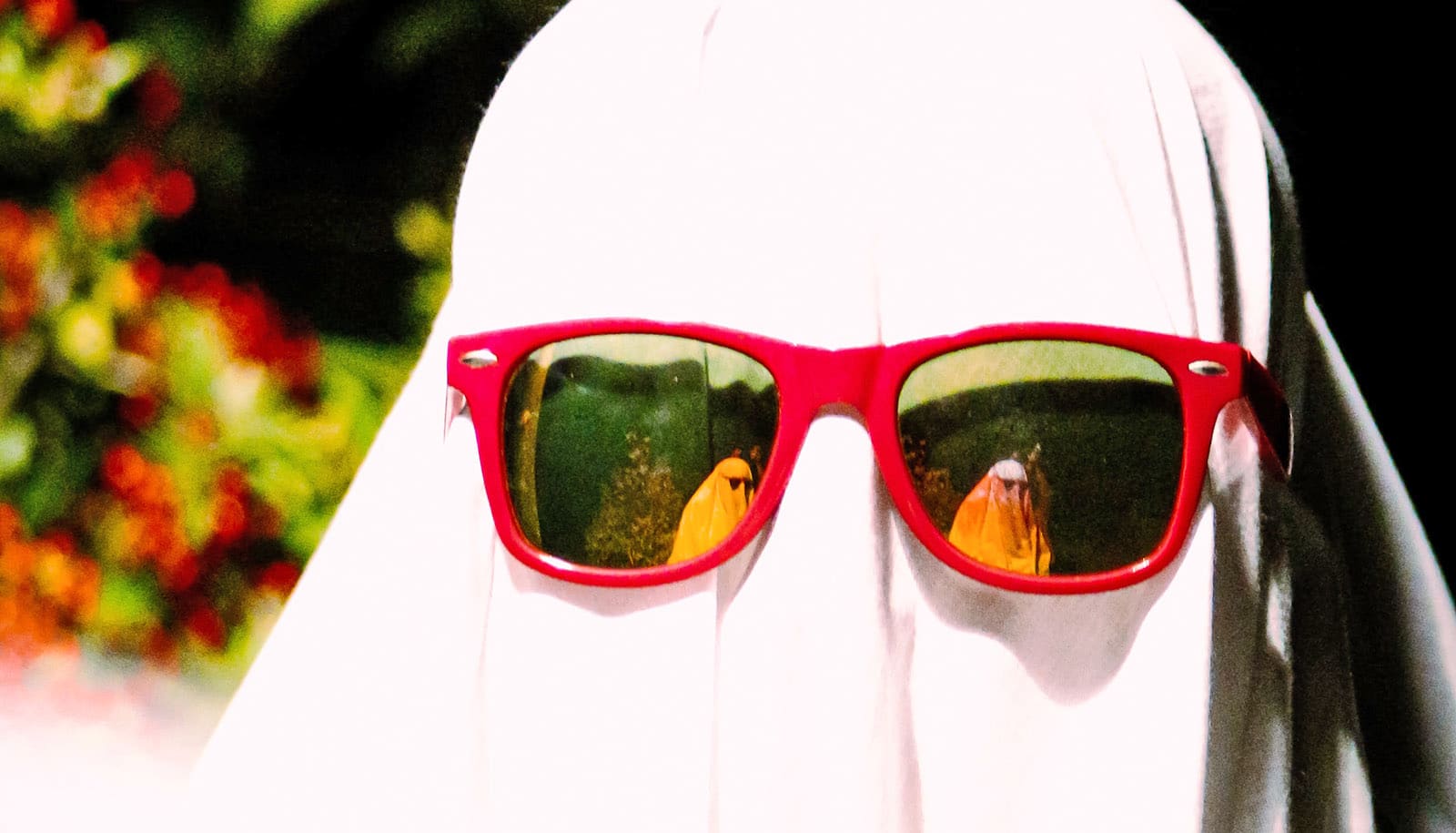Before Halloween became a holiday for candy and costumes, it was a night for mayhem.
In late 19th-century America, egged houses, trees draped in toilet paper and worse types of vandalism were the norm.
“The phrase ‘trick or treat’ was taken quite literally,” says Chris DeCorse, distinguished professor and chair of the anthropology department in the Maxwell School of Citizenship and Public Affairs at Syracuse University. “If someone didn’t provide a treat, they might be ‘tricked.'”
Today, children dressed as the traditional ghost and witch—or maybe the trendier Taylor Swift or Superman—fill their bags with candy while parents watch from the sidewalk. More so treats now than a free-for-all of mischief and vandalism.
So how did Halloween transform from a night of chaos into America’s beloved family-friendly holiday?
DeCorse says the harvest holiday that dates back 2,000 years to the ancient Celtic festival of Samhain still maintains its spooky origins.
The Celtic people believed the barriers between the living and the dead became more blurred during this transition from fall to winter, he says. They would dress up in costumes and light bonfires to confuse any wandering souls who returned to visit Earth.
“The period of transition between the living and the dead was probably always scary, and people held strong beliefs in those ritual practices that dealt with the separation between the living and the dead,” says DeCorse, author of Fringe Archaeology: Unraveling the Mysteries of the Past (Cognella Academic Publishing, 2025), which addresses the spookiness of archaeological sites and ancient ruins.
As a nod to their ancestors, after collecting the harvest, the Celts prepared food and drink and left those offerings out for their deceased loved ones to enjoy during the festival.
With the spread of the Roman Empire and Christianity, Samhain was rebranded as All Saints Day, while October 31 became known as All-Hallows Eve and, eventually, Halloween.
When the Europeans first came to America, DeCorse says an anti-Halloween sentiment was prevalent. As time went on, Irish and Scottish immigrants brought “some of these [Halloween] notions with them, including this idea of Halloween being a liminal time when spirits might walk the Earth,” DeCorse says.
It was common to get dressed up in a costume and go door to door asking for food or money, what we now call trick-or-treating. The pumpkin also became central to the festivities, including the adoption of the jack-o’-lantern ritual, which today is one of the most popular Halloween activities.
DeCorse credits Washington Irving’s 1820 thriller The Legend of Sleepy Hollow with bringing the pumpkin into the spotlight as a spooky component of Halloween. In the story, a headless horseman uses a pumpkin to attack school master Ichabod Crane.
“For Washington Irving to write that story at that time, he was tapping into emerging popular cultural beliefs,” says DeCorse, whose research examines the role culture played in the early modern world, material culture studies and general anthropology.
DeCorse says it was during the middle part of the 20th century when Halloween’s focus shifted from young people letting off steam to the family-friendly holiday.
Part of this stemmed from efforts to curb vandalism, but the real catalyst came in the aftermath of World War II, when families sought refuge from the big cities and relocated to the suburbs.
“That’s when there was a real effort to make Halloween into more of a children’s holiday,” DeCorse says.
“Candy makers started making individually wrapped candies to hand out for trick-or-treating. Before then, children didn’t often receive candy, it might have been money, small toys or even fruit. The pre-wrapped candy led to the holiday becoming much more commercial.”
DeCorse studies fringe archaeology, which is “outside the bounds of what we might regard as modern scientific archaeology.” And just as Halloween has become a cherished spooky celebration across the country, DeCorse says it is his favorite holiday with its bizarre traditions and emphasis on being scared through haunted hayrides, scary movies, and ghost stories.
“We all want to be scared, that’s part of the strangeness of this holiday,” DeCorse says.
“While Halloween today is about getting treats, wearing fun costumes, and putting up decorations, there’s definitely still a spooky undercurrent that connects modern Halloween with its distant origins.”
Source: Syracuse University



